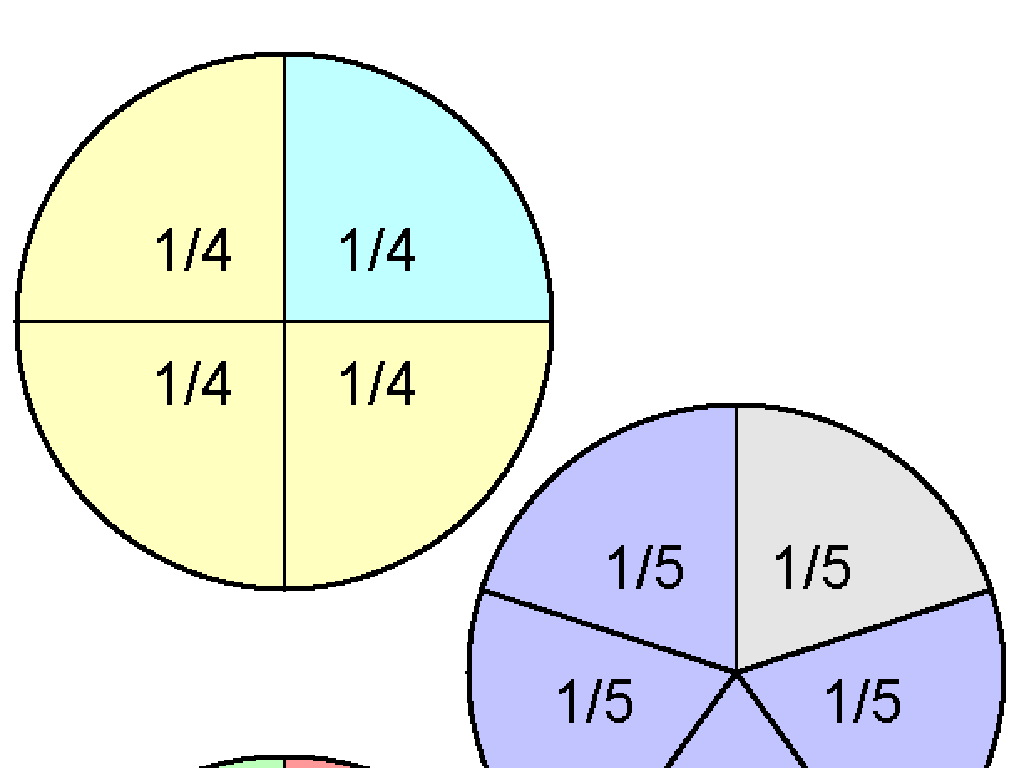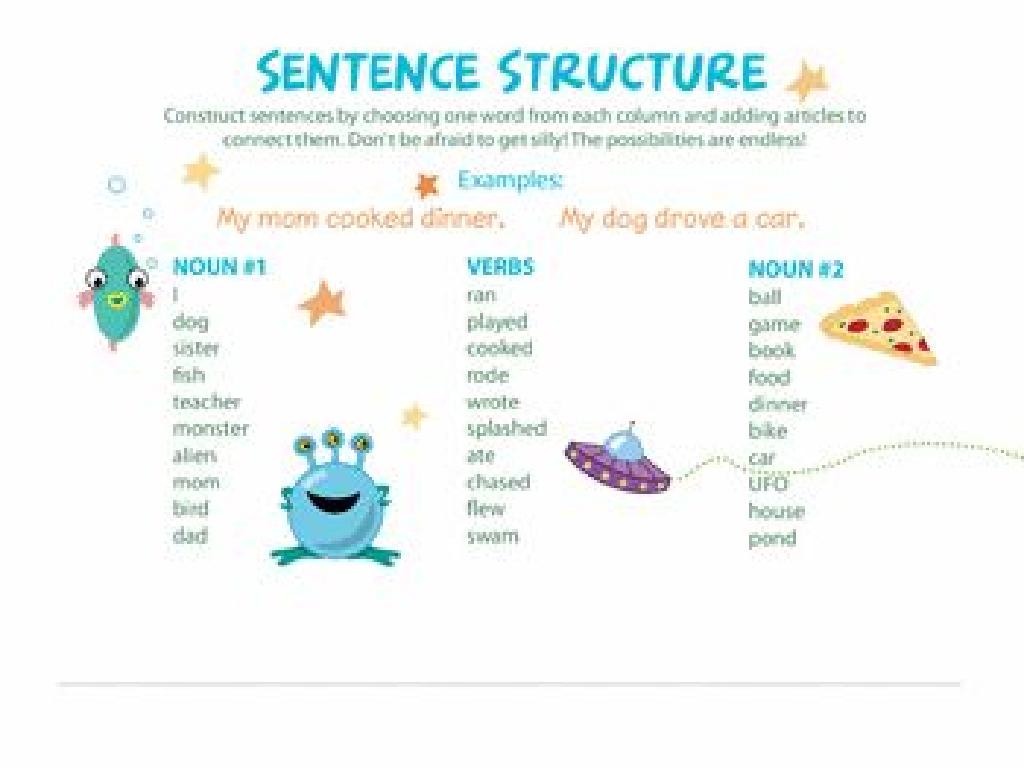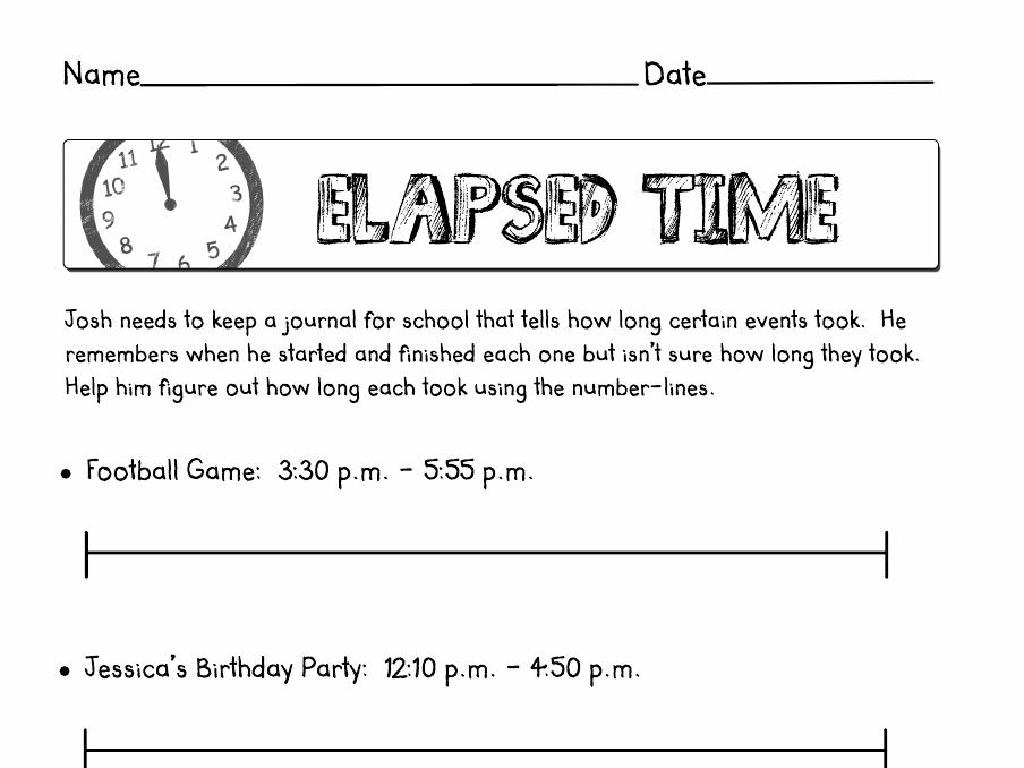The Roman Republic: Part Ii
Subject: Social studies
Grade: Seventh grade
Topic: Rome And The Byzantine Empire
Please LOG IN to download the presentation. Access is available to registered users only.
View More Content
Exploring The Roman Republic: Part II
– Recap of The Roman Republic: Part I
– Review key concepts: Senate, Consuls, and the Assembly
– Unveiling The Roman Republic: Part II
– Discover the expansion and challenges faced by the Republic
– Today’s learning objectives
– Understand political structure, society, and cultural achievements
– Engage with Roman history
|
Begin with a brief recap of Part I, focusing on the formation of the Roman Republic and its early institutions like the Senate, Consuls, and the Assembly. Transition into Part II by setting the stage for the Republic’s expansion and the challenges it faced. Outline the learning objectives, which include understanding the political structure, societal norms, and cultural achievements of the Roman Republic during its expansion period. Encourage students to think critically about how Rome’s growth impacted its governance and people. Engage students with questions about what they remember from Part I and what they expect to learn in Part II.
Structure of the Roman Republic
– Overview of Roman government
– A complex system with checks and balances
– Consuls: Roles and powers
– Two consuls as chief magistrates, elected yearly
– Senate’s influence
– Senate held great authority over finances and foreign policy
– Assembly: People’s voice
– Assembly allowed citizens to vote on laws and elect officials
|
This slide provides a snapshot of the Roman Republic’s government structure, designed with a system of checks and balances to prevent any one part from becoming too powerful. The consuls were the highest elected officials, serving as the head of the government and the army. The Senate, composed of Rome’s elite, wielded significant power over the republic’s finances and decisions in foreign affairs. The Assembly, representing the voice of the Roman citizens, had the power to vote on legislation and elect magistrates. It’s crucial to emphasize the balance of power and the roles each body played in governance. Encourage students to compare this ancient system with modern democratic systems to understand the evolution of governance.
Social Classes in the Roman Republic
– Patricians vs. Plebeians
– Patricians: wealthy elites; Plebeians: common citizens
– Class rights and privileges
– Patricians had more power; Plebeians fought for rights
– The Struggle of the Orders
– Plebeians’ fight for political equality with Patricians
– Social reforms in the Republic
– Laws passed to balance power and protect Plebeians
|
This slide explores the social hierarchy of the Roman Republic, focusing on the two main classes: Patricians and Plebeians. Patricians were the aristocratic class with access to most political positions, while Plebeians were the commoners with limited rights. Over time, Plebeians struggled and succeeded in gaining political representation and rights, leading to significant social reforms. Discuss the importance of the Twelve Tables and other laws that were enacted to provide protections for the Plebeians and ensure a more equitable society. Encourage students to compare ancient Roman social struggles with modern examples to understand the concept of social reform.
The Roman Legal System and Its Legacy
– Introduction to The Twelve Tables
– Earliest Roman codification of laws, foundation for future legal systems.
– Enforcement of Roman laws
– Laws were applied by magistrates, public trials were common.
– Roman law’s influence today
– Many modern legal systems are based on principles from Roman law.
– Understanding legal principles
|
This slide introduces students to the Roman Legal System, focusing on The Twelve Tables, which were the foundation of Roman law and a critical step in the development of a legal system that treated citizens equally. Discuss how laws were enforced in the Roman Republic, with magistrates playing a key role and trials often being public. Highlight the lasting impact of Roman law on contemporary legal systems, including the concept of ‘innocent until proven guilty’. Encourage students to think about how these ancient laws still influence the way modern societies function and govern. This will help them appreciate the historical significance of Roman legal principles and their relevance today.
Daily Life in the Roman Republic
– A Roman citizen’s daily routine
– From morning markets to evening feasts
– Society roles: men, women, children
– Men led families, women managed homes, children learned trades
– Roman education system
– Boys studied rhetoric; girls learned domestic skills
– Work and leisure in Rome
– Jobs varied by class; leisure included baths, theatres, and forums
|
This slide aims to give students a glimpse into the everyday life of people during the Roman Republic. Start by describing a typical day for a Roman citizen, including their morning activities, work, and social engagements. Discuss the distinct roles and expectations of men, women, and children in Roman society, emphasizing the patriarchal nature of the family unit. Highlight the education system, where boys were educated in literature and rhetoric, while girls were taught skills to manage a household. Conclude with an overview of various professions and the importance of leisure activities like public baths and theatrical performances, which were integral to Roman culture. Encourage students to compare and contrast these aspects with their own daily lives to foster a deeper understanding of historical lifestyles.
Military Might of Rome
– Structure of the Roman army
– Consisted of legions led by centurions
– Training and military tactics
– Rigorous drills, formations like the testudo
– Conquest and expansion
– Territories added to Rome after victories
– Impact on the Republic
– Military success led to political changes
|
This slide aims to explore the formidable military power of the Roman Republic. Discuss the hierarchical structure of the Roman army, emphasizing the role of the legions and the leadership of centurions. Highlight the rigorous training regimen soldiers underwent and the tactical formations they used, such as the testudo, or tortoise formation. Explain how Rome’s military conquests led to the expansion of the Republic, adding new territories and influencing the political landscape. Use historical examples like the Punic Wars to illustrate Rome’s military dominance and its implications for the Republic’s growth and governance. Encourage students to consider how military success can affect a nation’s political power and cultural influence.
The Punic Wars: Rome’s Struggle for the Mediterranean
– Rome vs. Carthage dominance
– Two powers clashed for control over trade and land.
– Key battles and outcomes
– Major battles like Cannae and Zama decided the fate of Rome and Carthage.
– Punic Wars’ impact on Rome
– Rome’s victory led to increased military and political power.
– Expansion of Roman territory
– Rome annexed Carthage’s territories, growing the Republic.
|
The Punic Wars were a series of three wars fought between Rome and Carthage from 264 to 146 BC. They were crucial in establishing Rome’s dominance in the Mediterranean region. The presentation should highlight the reasons behind the wars, focusing on the struggle for control over trade routes and territories. Discuss key battles, such as the Battle of Cannae where Hannibal’s tactics led to a devastating loss for Rome, and the Battle of Zama where Scipio Africanus secured Rome’s victory. Emphasize the long-term impacts, including Rome’s expansion, the increase in slavery, and the eventual rise of the Roman Empire. Encourage students to consider how the outcomes of these wars shaped the political and cultural landscape of the ancient world.
The Fall of the Roman Republic
– Factors leading to decline
– Political corruption, economic disparity, military upheaval
– Julius Caesar’s rise to power
– Caesar’s military conquests, popularity, and dictatorship
– End of the Republic
– Assassination of Caesar, power struggles
– Republic to Empire transition
– Augustus establishes the Roman Empire, ending the Republic
|
This slide outlines the complex factors that contributed to the fall of the Roman Republic. Discuss the political corruption, economic issues, and military challenges that destabilized the Republic. Highlight Julius Caesar’s key role, his rise to power through military success, and his eventual dictatorship as pivotal to the Republic’s decline. Explain the aftermath of Caesar’s assassination and the ensuing power struggles that led to the birth of the Roman Empire under Augustus. Use this slide to help students understand the transition from a republic, where many had a say in government, to an empire ruled by one. Encourage students to consider how the fall of the Republic still impacts our understanding of governance today.
Class Activity: Roman Senate Role-Play
– Form groups for role-play
– Assign roles: Senators, Consuls, Plebeians
– Debate a law in the Roman Senate
– Consider perspectives: power balance, common good, and individual rights
– Present arguments and vote
– Persuasive speaking, critical thinking
|
This activity is designed to immerse students in the political dynamics of the Roman Republic. By role-playing as Senators, Consuls, and Plebeians, students will gain a deeper understanding of the social and political hierarchy and the legislative process in ancient Rome. Encourage each group to research their roles and prepare arguments for or against a proposed law. Possible laws for debate could include land reforms, military service, or trade regulations. After the debate, each group will present their arguments to the class and hold a vote to pass or reject the law. This will help students practice persuasive speaking and critical thinking skills. Ensure that each student participates and reflects on the importance of different societal roles in decision-making processes.
Conclusion: The Legacy of the Roman Republic
– Recap of the Roman Republic
– The Republic’s enduring legacy
– Consider how Rome’s government, culture, and laws influence us today.
– Diary entry homework assignment
– Imagine life as a Roman; what did you experience and think?
– Reflect on today’s discoveries
|
As we wrap up today’s lesson on the Roman Republic, encourage students to summarize the key aspects of Roman governance, society, and cultural contributions. Discuss the lasting impact of the Roman Republic on modern governance, legal systems, and cultural elements. For homework, students will write a diary entry from the perspective of a Roman citizen, which will help them empathize with historical figures and understand the era’s context. This activity will also enhance their creative writing skills. In the next class, ask volunteers to share their diary entries to foster a deeper understanding of Roman daily life and personal reflections on the lesson.





